How to spring clean your indoor plants — tips from an expert
Because even your houseplants needs some TLC
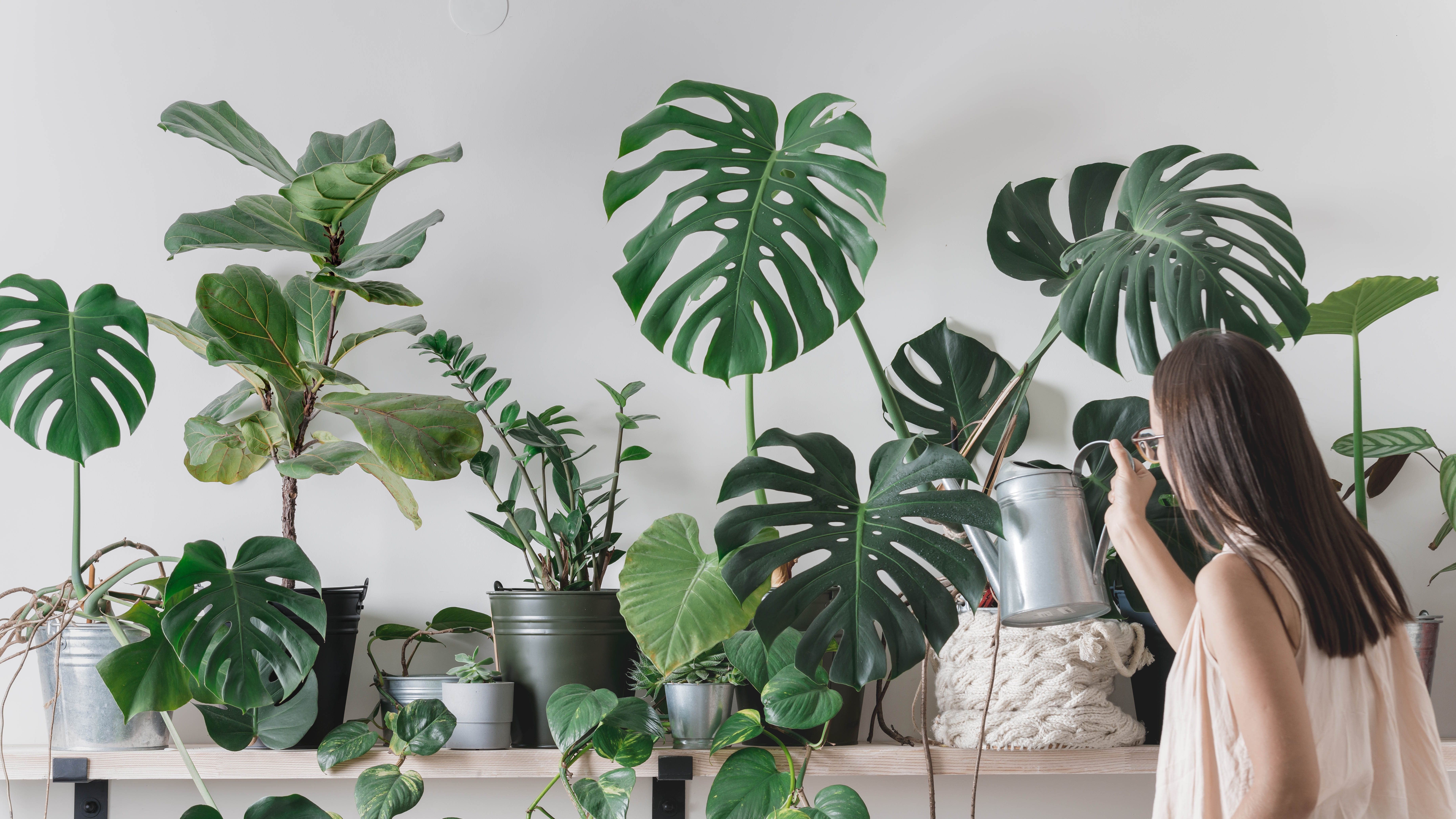
As the weather is getting warmer, it’s the ideal time to tackle spring cleaning and decluttering your home. But it’s not only our homes that can benefit from deep cleaning — our plants could do with a little spring, refresh too.
Decorating with plants is a great way to bring a bit of nature inside, and can add much style and color to any room. What’s more, plants can help to ease stress and boost your mood,and can also make your house smell amazing — especially if you don’t have a backyard or outdoor space to enjoy. That’s why plant care is essential in order to help them grow healthy and thrive all year round.
Since spring is the time when most plants are entering their growth season, you’ll need to level up their care by knowing how to spring clean your indoor plants. So whether you’re a keen plant parent or have a few favourites, we’ve asked an expert to share their top spring cleaning tips for indoor plants — to get healthy, lush results.
1. Dust the leaves
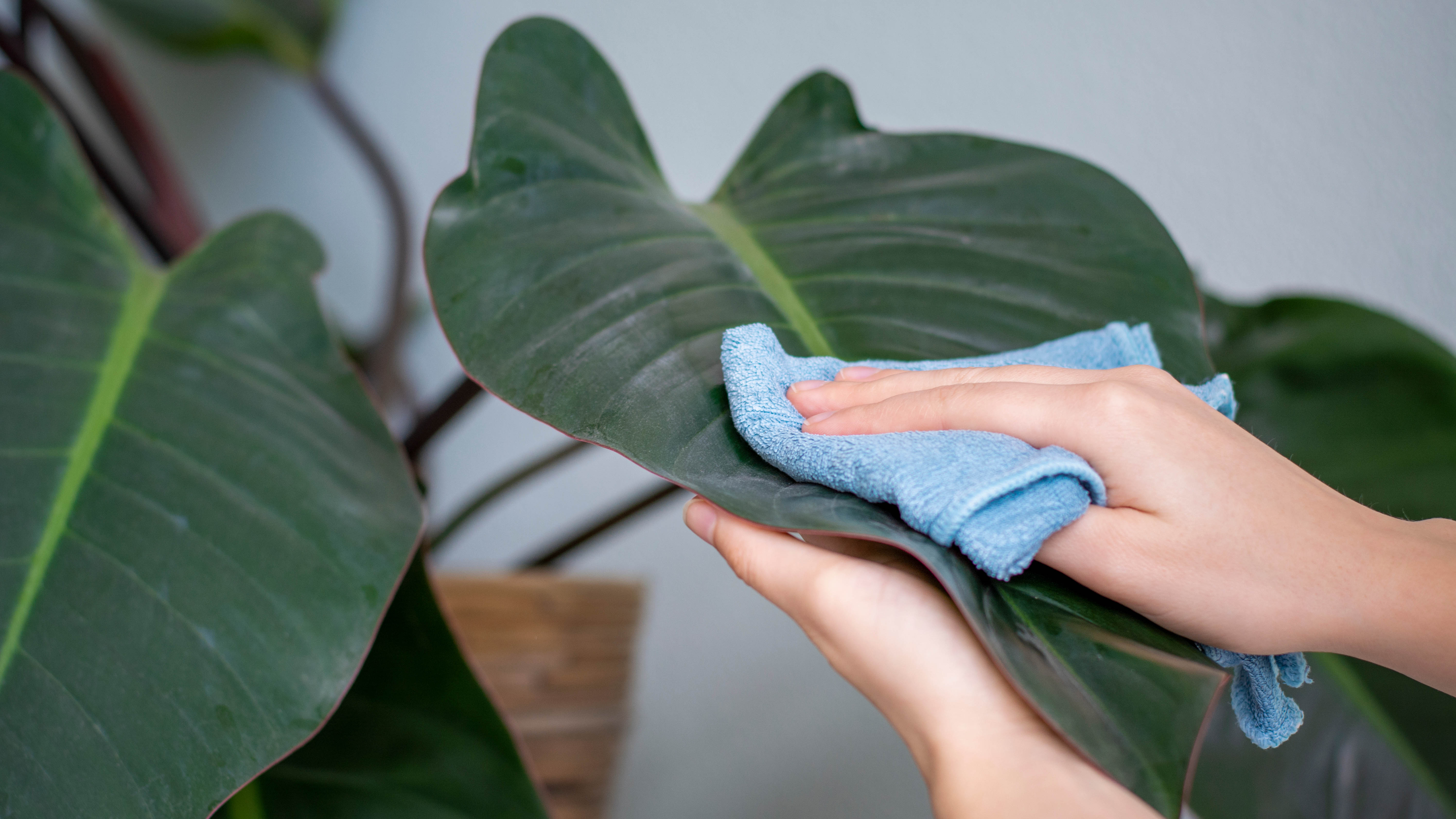
In your attempts to reduce dust in your home, don’t forget to give your plants some attention. Especially if you have plants with large leaves or foliage, that can easily collect a build-up of dust over time, and will block its ability to photosynthesize.
“Some plants will appreciate a light dusting, and others with larger foliage, like Monstera or Fiddle Leaf Fig, will benefit from having a wipe down with a damp cloth,” suggests Keira Kay, Plant Expert, Bloom & Wild.
In addition, spring cleaning your leaves will allow more sunlight to the plant, boosting photosynthesizing levels. This will ensure healthier plants in the long-term, and will also make them more resistant to diseases or pest infestations.
2. Trim your plants
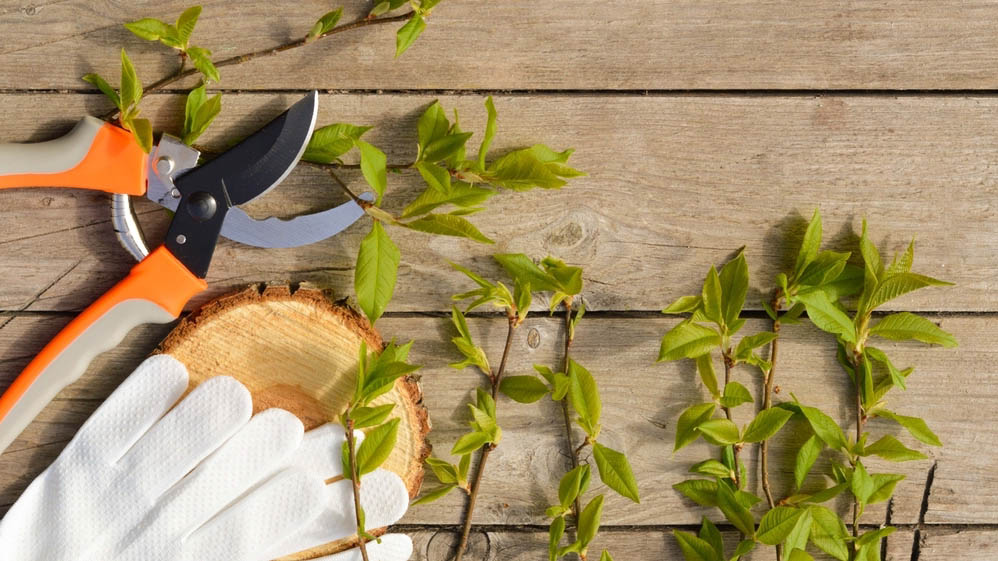
Spring is also the ideal time for pruning plants, and keeping them in tip top condition. Not only will trimming help to keep your plants in neat shape, but will encourage healthy plant growth and lush foliage.
Get instant access to breaking news, the hottest reviews, great deals and helpful tips.
Before you start pruning, it’s good to invest in one of the best pruning shears (or secateurs), to get the job done well. “Trimming your plants not only helps to retain shape and volume, but the removal of spent or withered foliage and flowers allows for the plant to focus its energy on new growth,” agrees Kay. “Using clean secateurs or sharp scissors, you’ll want to cut at an angle, and just above the growth point or where there is a node.”
While it might seem like a simple task, it’s common to make pruning mistakes that we don’t even realise we’re doing. So be sure to check out these 5 ways to get the best out of pruning shears.
G & F 1852-3 Women Soft Jersey Garden Gloves: $11 @ Amazon
Combining practicality with pretty, we recommend these women's gardening gloves for an affordable, but dependable accessory. They ranked as the best gloves for small hands in our best gardening gloves test. We found them to be both comfortable and soft, with good dexterity. Plus, you get three colors in a pack which is amazing value for money.
3. Up your plant water and food intake
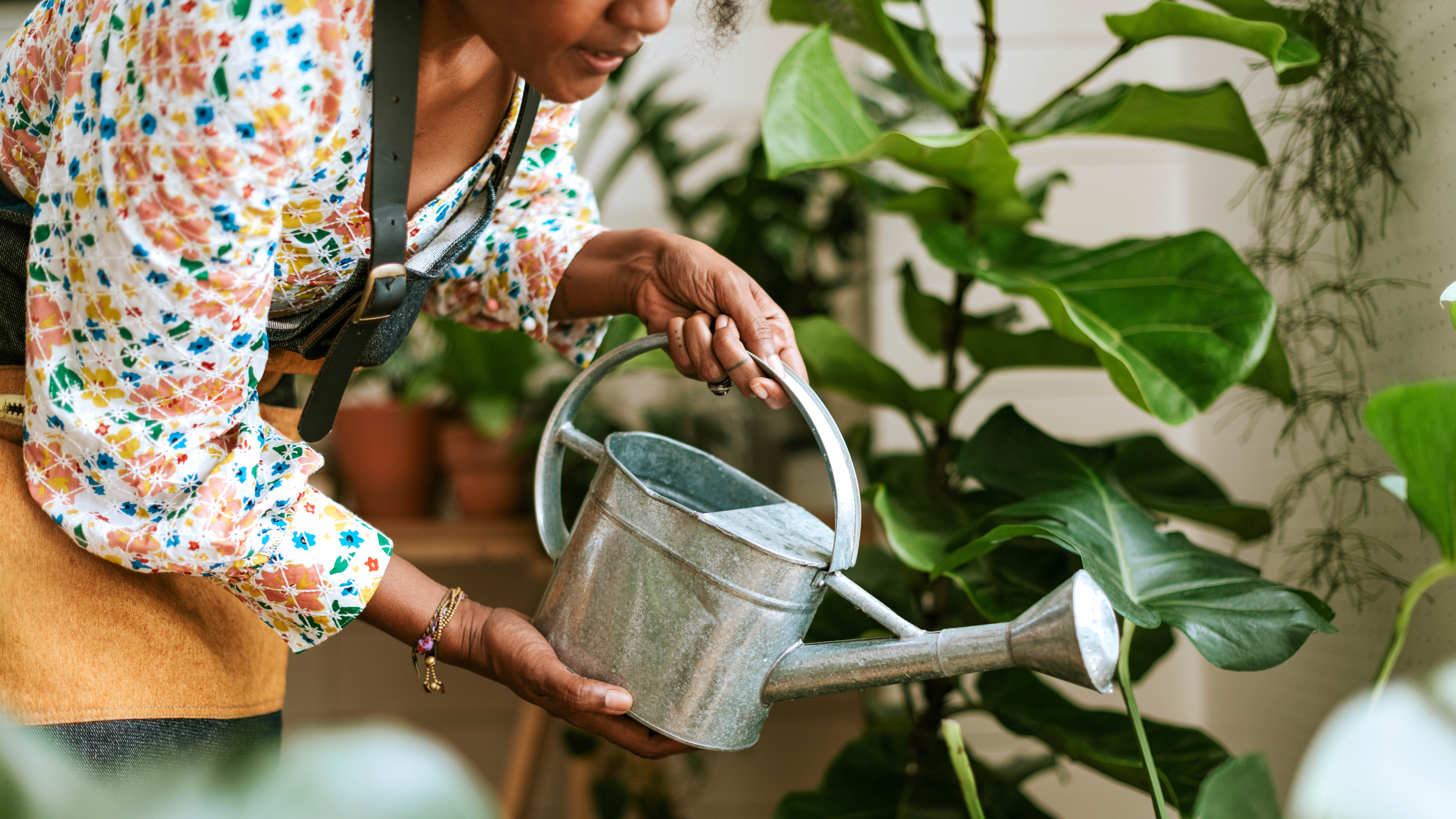
As the seasons get warmer, your indoor plants will require extra watering and food during this new growth period. Depending on your plant species, you’ll need to adjust their regular watering schedule to ensure they don’t wilt or be prone to disease.
Kay adds, “Houseplants will be more thirsty as the weather gets warmer, so you’ll need to adjust your watering routine to accommodate this. Check the soil once-twice a week by popping a finger in the soil, if there is moisture present, give it a few more days, if there is no moisture present, give the plant a drink. Avoid overwatering, as this will damage the plant and its root system.”
A handy tool to know when your plant needs watering is a soil tester like this Soil Moisture Meter ($10, Amazon), to help you monitor your plant and soil condition.
In addition, your plants need extra nutrients to assist in the growing process this spring. “During the growth season, the plants are using their energy to grow new leaves, flowers or fruits, to encourage this, they need nutrients. Use a nutrient-rich fertiliser once a month from April through to September. All fertilisers are different, and some require diluting into a watering can, so be sure to read the instructions to avoid damaging the plant.”
Alternatively, you can make homemade fertilizer from simple things in your kitchen. These 7 easy ways to make homemade fertilizer all contain the key nutrients for indoor plants — nitrogen, phosphorus, and potassium, which are found in most commercial fertilizers.
4. Give plants more light
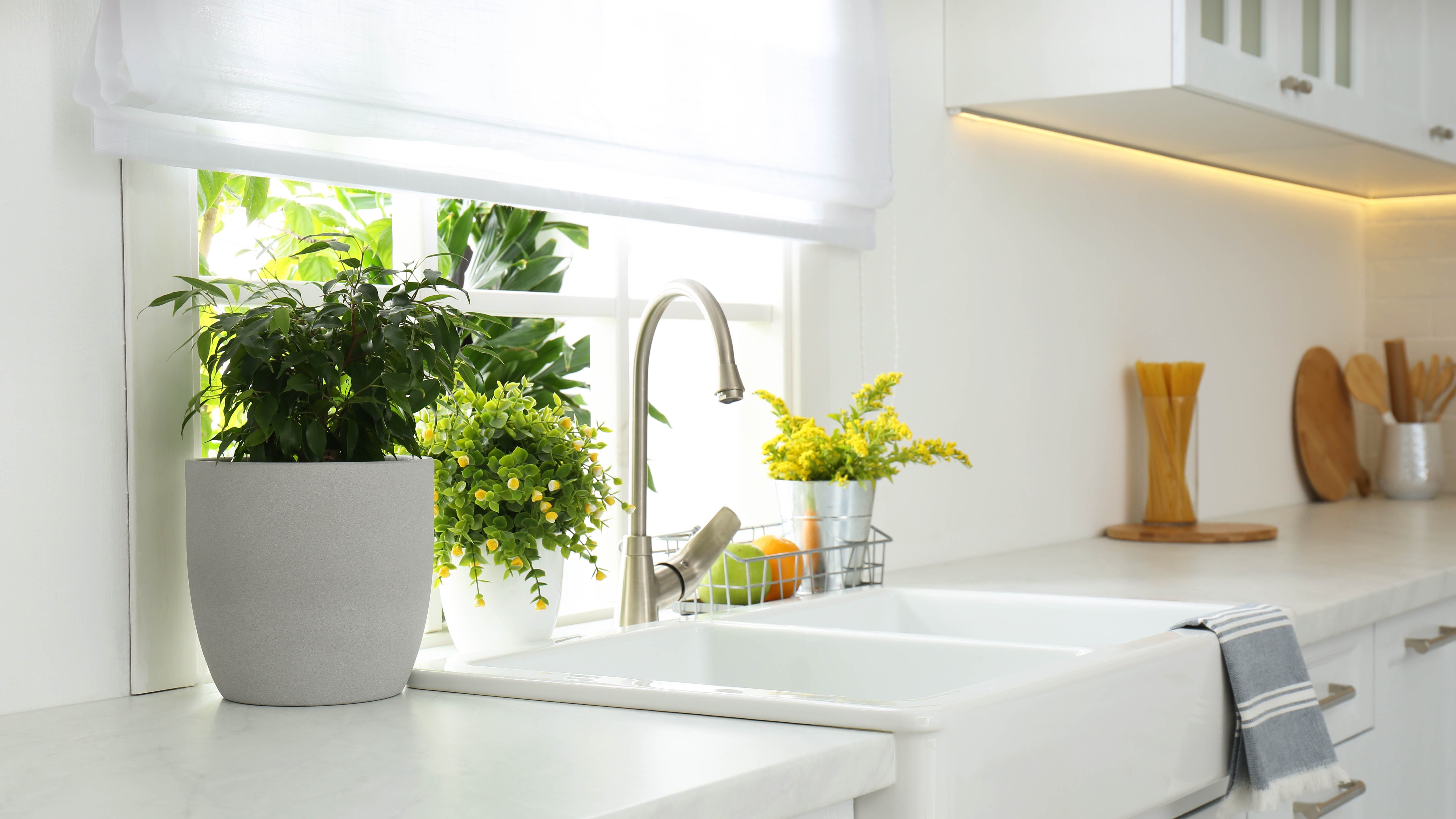
Alongside the right amount of water and nutrients, our plants need an increase in sunlight to help new growth. “With the arrival of spring, comes more sunlight, which is great news for your houseplants,” states Kay.
“However, you may need to move them to new spots around the home, if they’re getting more or less light than they need. The majority of houseplants like indirect bright light for 4-6 hrs per day.”
If you tend to have more shade around your home, you might want to consider these 7 plants that will thrive in the shade, that can also be placed on a shady balcony or porch. Or if you want to spruce up a windowsill, these are the best plants that will thrive in your kitchen.
5. Repot overgrown plants
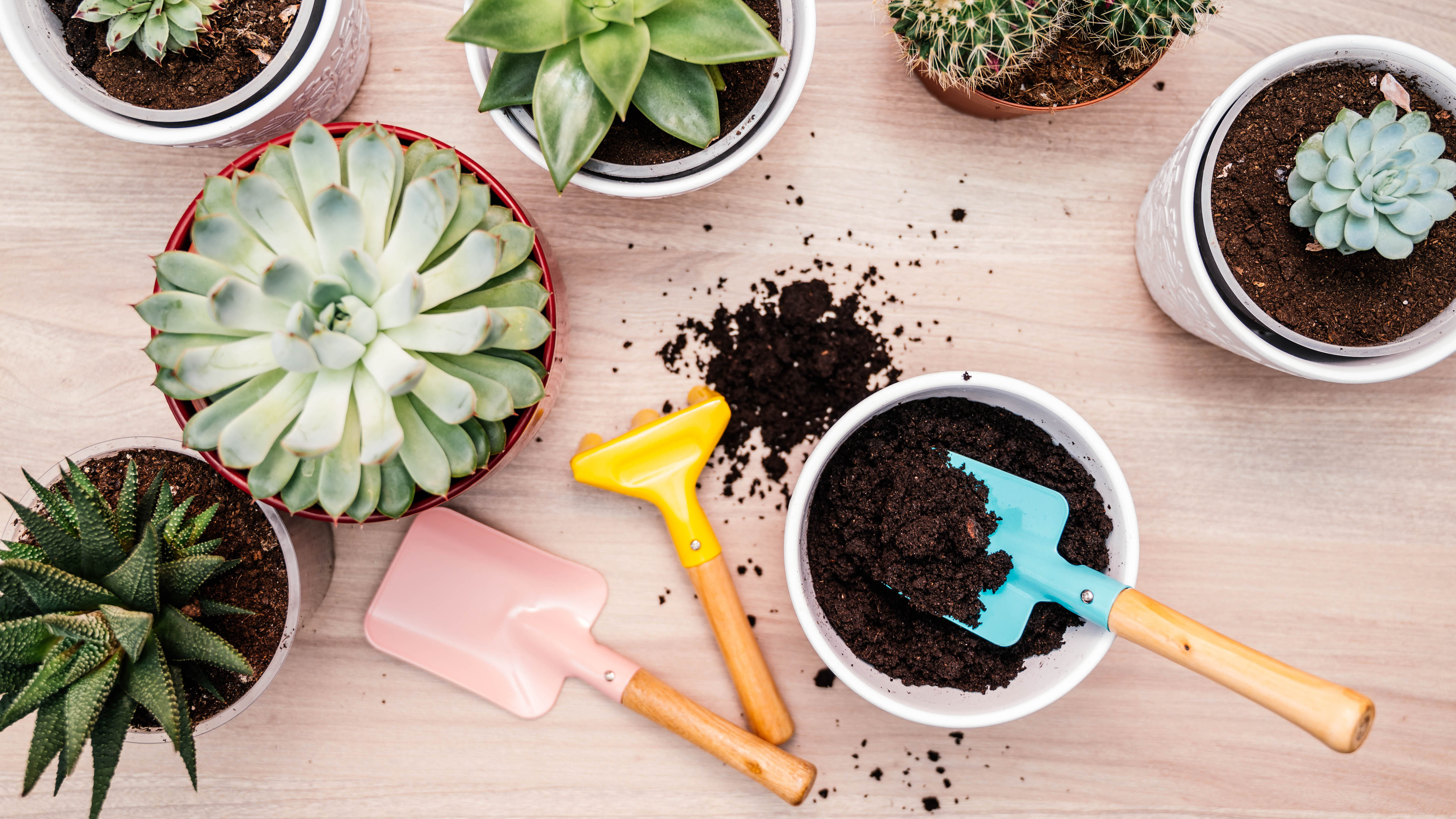
If your favorite plants are looking too big or lush for their current pots or containers, now is the time to get repotting! And while repotting a plant might seem an arduous task, this will make all the difference to new growth, for happy and healthy plants.
“Spring is the perfect time to repot plants as they have lots of energy to push out new roots,” agrees Kay. “You’ll know your plants have out-grown their current pots, as you might see roots poking through the soil or through the holes in the base of your pot, or the plant itself may look oversized in comparison to its pot.
Be sure to size up by at least 1-2” when picking a new pot for your plant, to allow space for new roots, and be sure to use fresh potting soil to give the plant some fresh nutrients.”
Before you start, just avoid these mistakes you make when repotting a plant — as one mistake could cause ‘transplant shock’, and potentially kill it. And you’ll want to avoid the process of saving a dying plant before it’s too late! So be sure to follow the plant’s guidance, and know how to repot a plant the right way.
More from Tom's Guide
- 9 mistakes you make when repotting a plant
- Plus, avoid these 7 mistakes that can kill houseplants
- Here are 7 best low maintenance plants for easy care

As the Homes Content Editor, Cynthia Lawrence covers all things homes, interior decorating, and garden-related. She has a wealth of editorial experience testing the latest, ‘must-have’ home appliances, writing buying guides and the handy ‘how to’ features.
Her work has been published in various titles including, T3, Top Ten Reviews, Ideal Home, Real Homes, Livingetc. and House Beautiful, amongst many.
With a rather unhealthy obsession for all things homes and interiors, she also has an interior design blog for style inspiration and savvy storage solutions (get rid of that clutter!). When she’s not testing cool products, she’ll be searching online for more decor ideas to spruce up her family home or looking for a great bargain!

